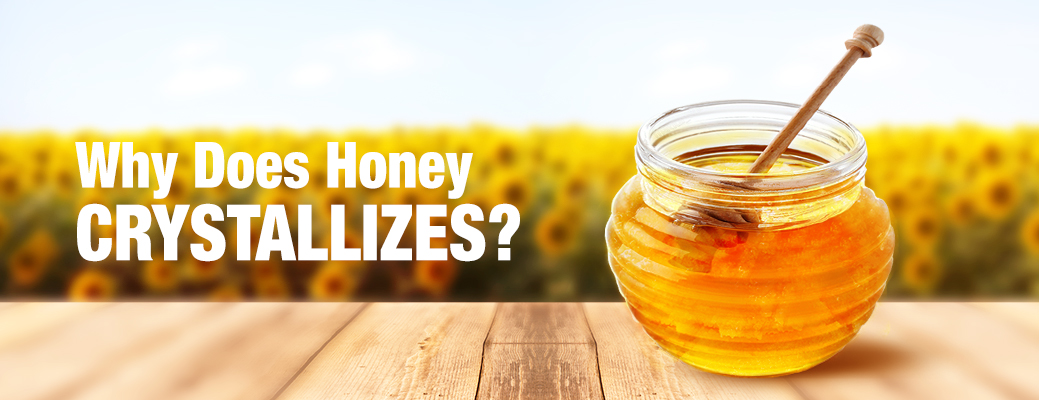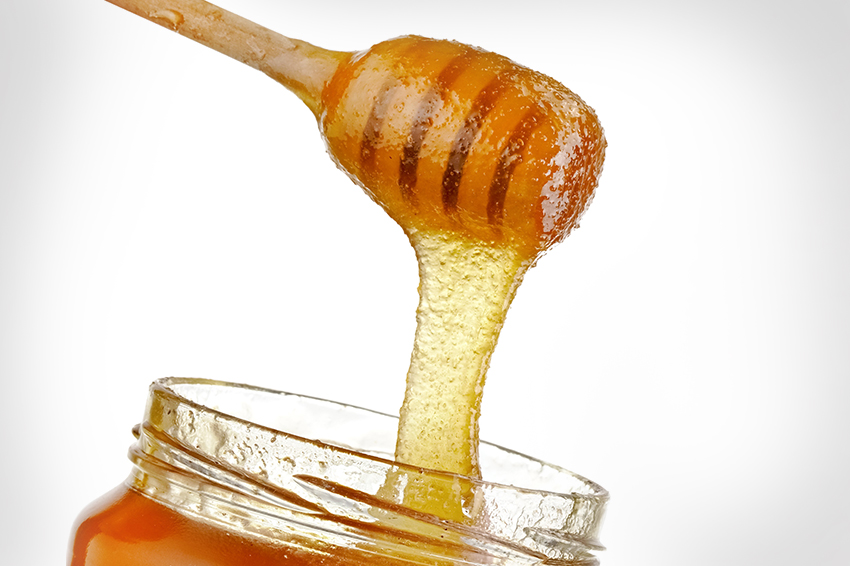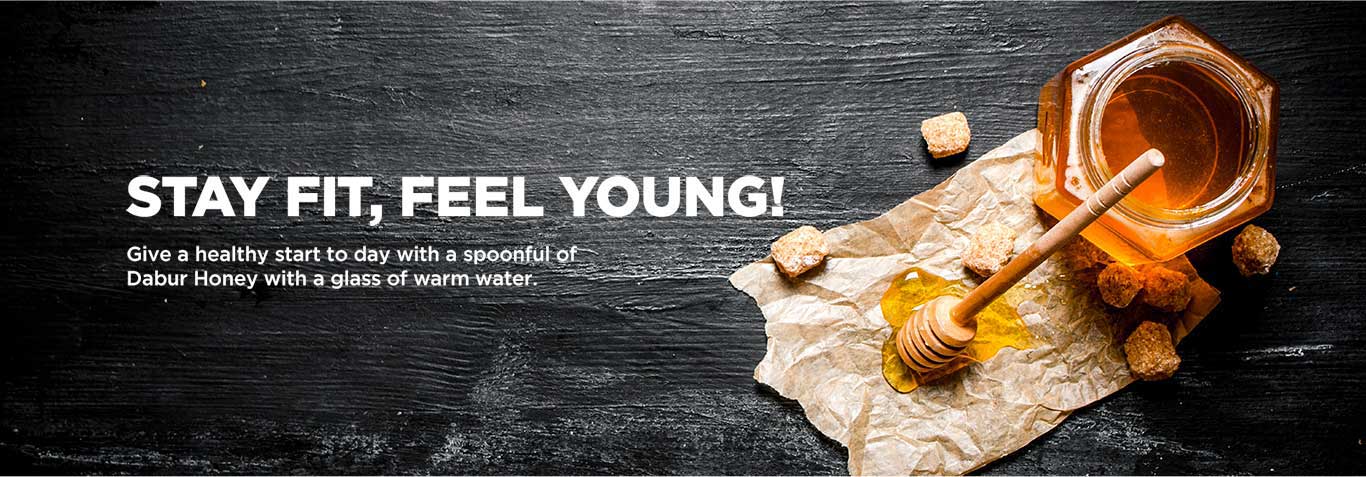Demystifying Honey Crystallization Process

In today’s day and age, when anybody wants to know anything about the world or beyond, people simply connect to the internet. But even after all possible connections to the world, yet there are so many false perceptions about honey.
Did you buy nice clear liquid honey a few months ago and now see it become solid? Well, don't be surprised, neither get worried about honey’s expiry date. Your honey has not gone bad or spoiled. It's just crystallized. But before we go further let's first understand what this solid honey is? Well it is called Crystallization
Let’s understand what is Crystallization? Honey crystallization is a natural phenomenon in which honey transitions from a liquid to a granular or semi-solid state due to various reasons.
Bees evaporate water from nectar as they turn it into honey that is super-saturated with glucose and fructose while in the hive. The honey is stored in a honeycomb cell that is wax-sealed to prevent moisture absorption.
- Source of Nectar: Each flower has a variable ratio of dextrose and levulose. Honey crystallizes rapidly when the amount of dextrose is higher. If it is less, the crystallization process could take months or even years. The presence of dust, pollens, air bubbles and wax particles in honey is another important component. They act as crystallization nuclei, allowing the honey to crystallize more quickly.
- Temperature: Temperature plays a significant role in the crystallization process as lower temperature speeds up the process. As a result, “Do not refrigerate honey” is printed on every honey label on the globe. This is because lower temperature speeds up the crystallization of honey.

Use the crystallized honey in the same way that you would liquid honey. It's easier to spread than runny/liquid honey, and it tastes just as good (if not better) over toast, oatmeal, tea and coffee, and in savoury dishes.
If you prefer your honey to be runny, pour the desired amount into an empty glass jar and place it in a water bath (a small saucepan or glass or China bowl) filled with warm water (temperature less than 40 - 45 degrees Celsius) to warm up & liquefy slowly. It is believed that honey should not be cooked or added in very hot water or microwaved directly since it may lose its beneficial characteristics.
Last but not least, keep in mind that crystallization is a natural phenomenon. Long after it begins to crystallize, you can eat and enjoy the exquisite taste of pure honey.
Source:
- Crystallization of Honey: April 2015, Bee World 87(4):71-74 Honey Crystallization: https://www.bjcp.org/mead/crystal.pdf


